The animal kingdom is extremely fascinating. There is no shortage of beautiful creatures in the world. However, most of the time, their vibrant colours and beautiful patterns are the implications of how dangerous these animals can be. On other occasions, venomous animals may appear attractive and harmless. Therefore, it is better to be wary when approaching an unfamiliar animal since toxic creatures can be found everywhere, be it the land or the sea.
Top 15 Elegant but Toxic Animals Around the World.
1. Blue Ringed Octopus
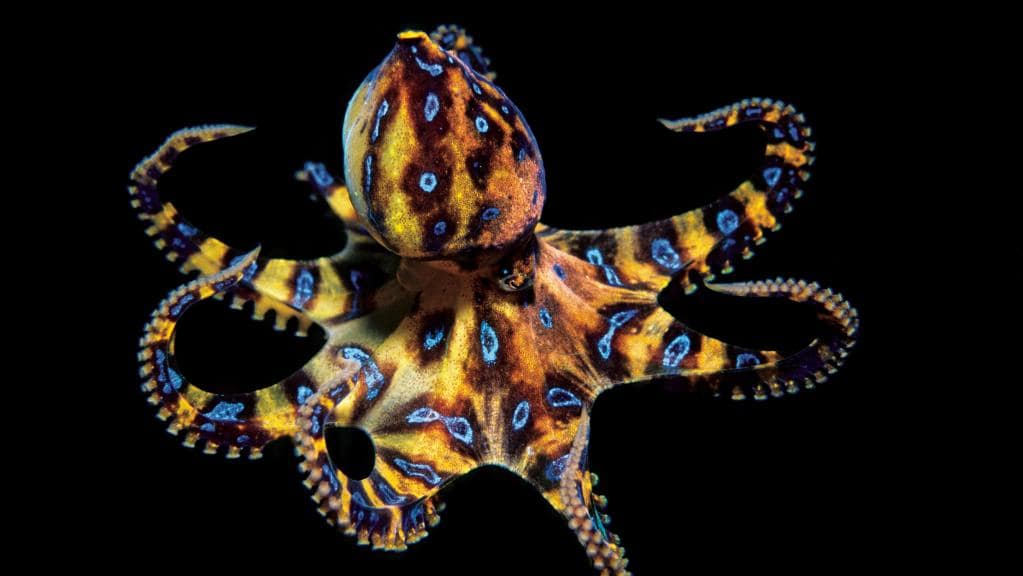
These are found in the Pacific and Indian Oceans. Due to their small size and the bright blue rings on their body, they look very attractive. However, they should be admired from a distance because these are one of the most poisonous marine animals. They do not usually attack humans unless provoked. When they bite a person, they release a variety of deadly chemicals. The most toxic of these is tetrodotoxin, which is many times stronger than cyanide! Their bite is extremely small and in most cases, the person does not feel it until he starts exhibiting symptoms. By that time, it is already too late. To make matters worse, there is no antivenom. It can cause nausea, heart failure, paralysis, breathing problems, blindness, and if untreated, death in a few minutes. The only hope of survival is artificial respiration.
2. Box Jellyfish
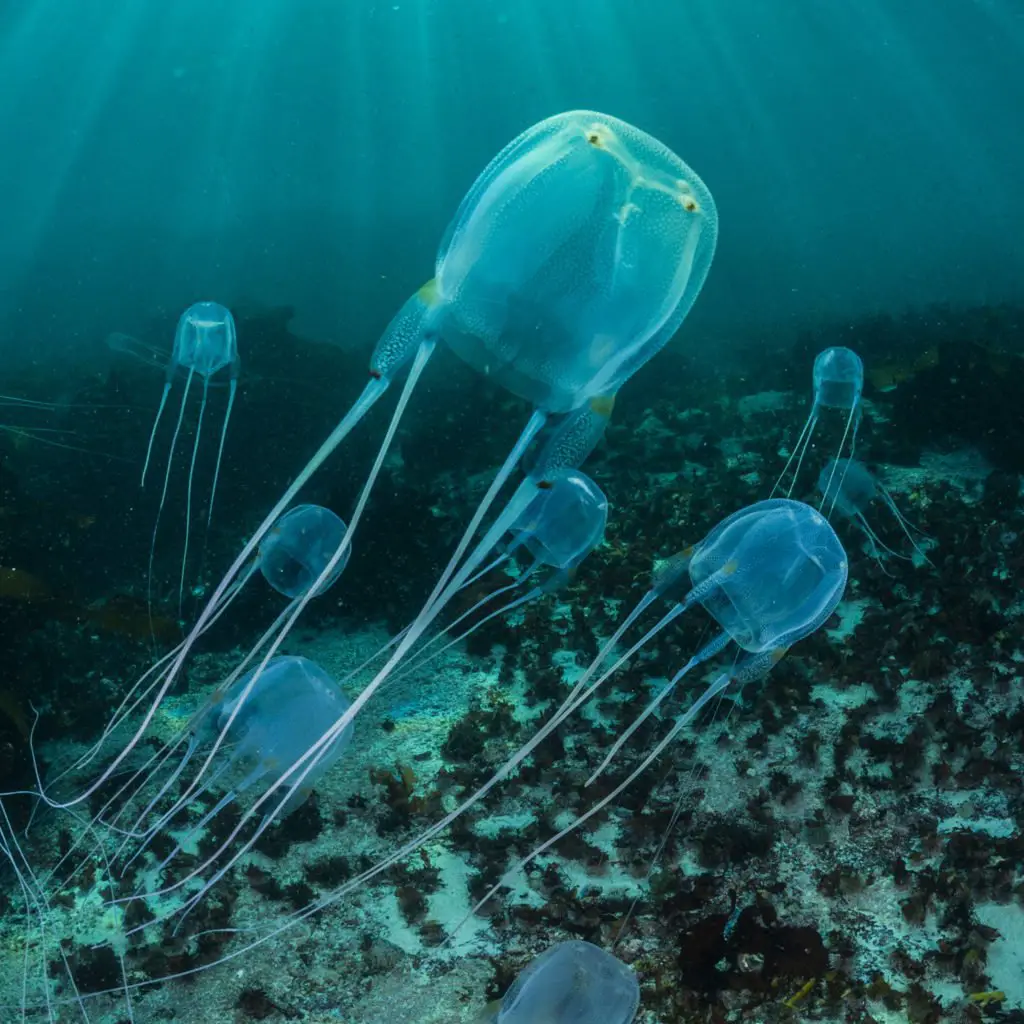
These pale blue, almost transparent sea creatures can be distinguished from other jellyfish because of their cubic box-shaped umbrella. Found in the Indo-Pacific Ocean, specifically off the coast of Australia, the box jellyfish are extremely poisonous. They move very rapidly and release venom through their tentacles. They contain toxins that affect the heart, skin and the nervous system. This leads to extreme pain and may cause heart failure and death within minutes.
3. Poison Dart Frog
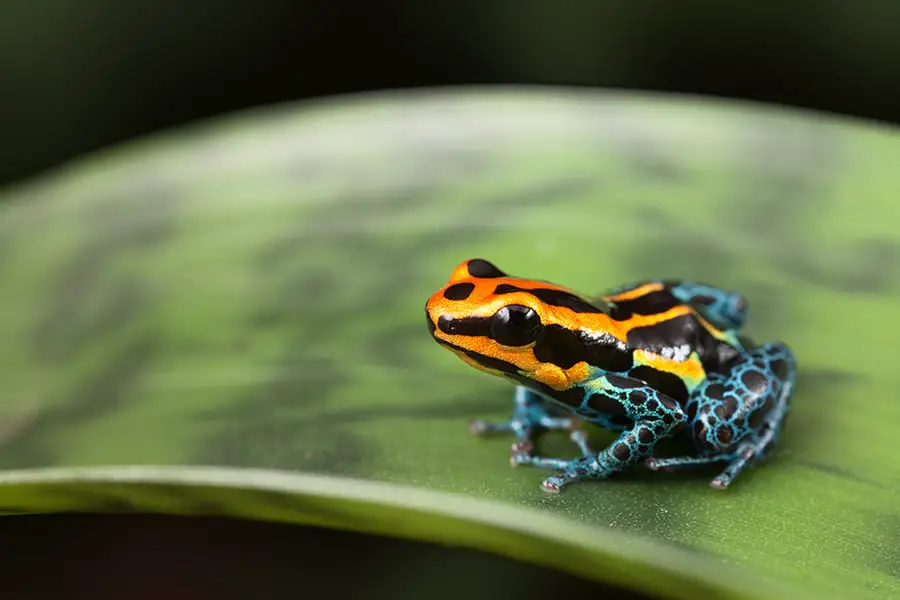
These frogs inhabit tropical rainforests, particularly in Central and South America. Their vibrant colours and the various patterns found on their skin give them a very attractive appearance. However, as the name suggests, these frogs are extremely dangerous. Their colourful appearance is meant as a warning for predators to stay away. They release a toxic alkaloid through their skin. The potency of their poison can vary. While some of them are just poisonous enough to ward off small animals, some of them are so toxic that they can easily kill multiple people. Their poison also has some medicinal properties.
4. Cone Snail
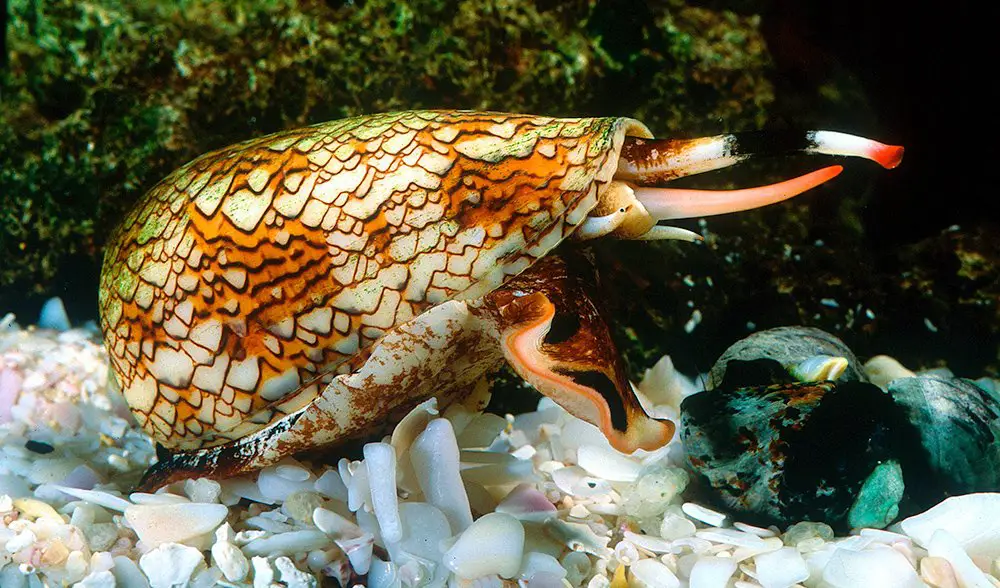
These snails, found in tropical seas and oceans all over the world, have attractive patterns on their shells. Due to this, unsuspecting divers might pick them up to keep them as souvenirs. However, this can prove fatal. These animals have a needle-like tooth, which they inject into the skin and release chemicals known as conotoxins. This can cause a variety of symptoms including paralysis, breathing problems, pain, numbness and may lead to death if untreated.
5. Blue Dragon
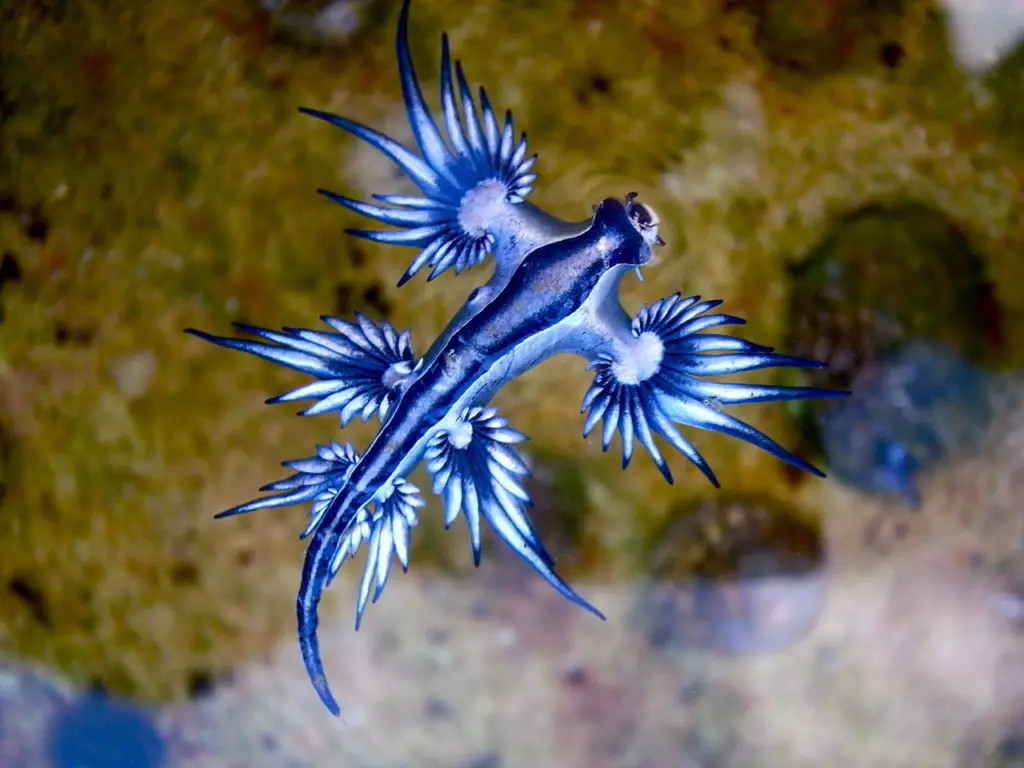
Also known as blue angel, these sea slugs are extremely beautiful in appearance. They are small in size, and their pale blue colour along with the dark blue stripes makes them look quite distinct. They feed on a large number of poisonous animals, including the Portuguese Man o’ War. After swallowing their prey whole, they store the venom obtained from it in small sacs present in their body. They can concentrate on this venom, thus making it even more toxic than it was originally.
6. Slow Loris
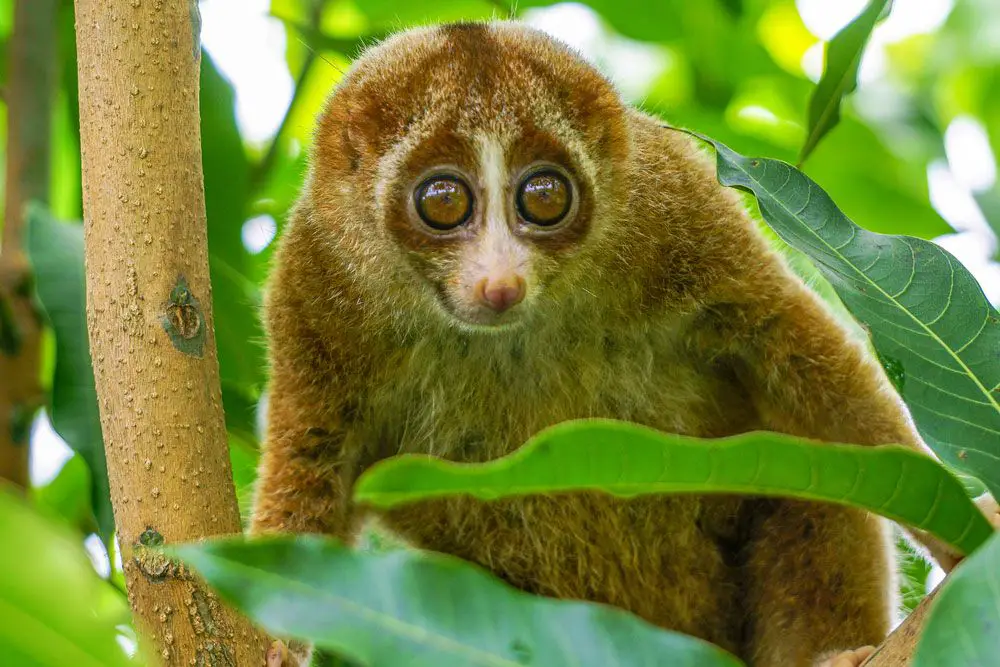
Found in Southeast Asia, these primates are currently endangered. Their round faces, huge eyes and tiny hands give them an adorable appearance. Due to this, and their gentle nature, they are often illegally sold as pets. However, they make poor pets because they cannot survive in homes and frequently die. They produce venom which can be dangerous if ingested. Their bite is extremely painful and may cause an allergic reactions. In extreme cases, this can also lead to anaphylactic shock which causes death.
7. Pufferfish
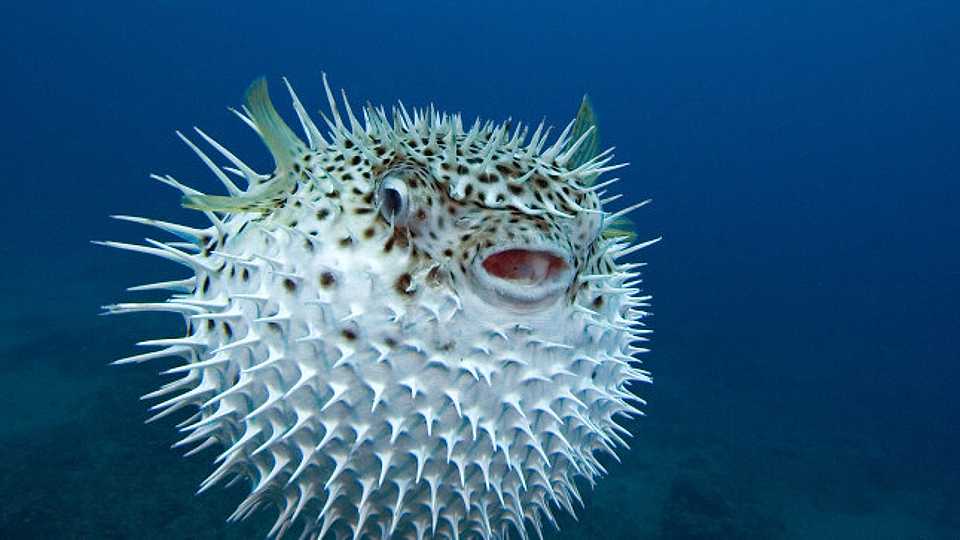
Also known as blowfish, these marine fishes are quite aptly named. They are found in a variety of colours. As a defence mechanism from predators, they can puff up by ingesting air or water in their stomachs. Most species of Pufferfish are extremely toxic. However, despite their internal organs being quite poisonous, their meat is served as a delicacy in several Asian countries. The toxins present in pufferfish can cause numbness, dizziness and vomiting, paralysis, heart problems and death.
Read also – Top 15 Rare Aquatic Creatures In The World
8. Rainbow Milkweed Locust
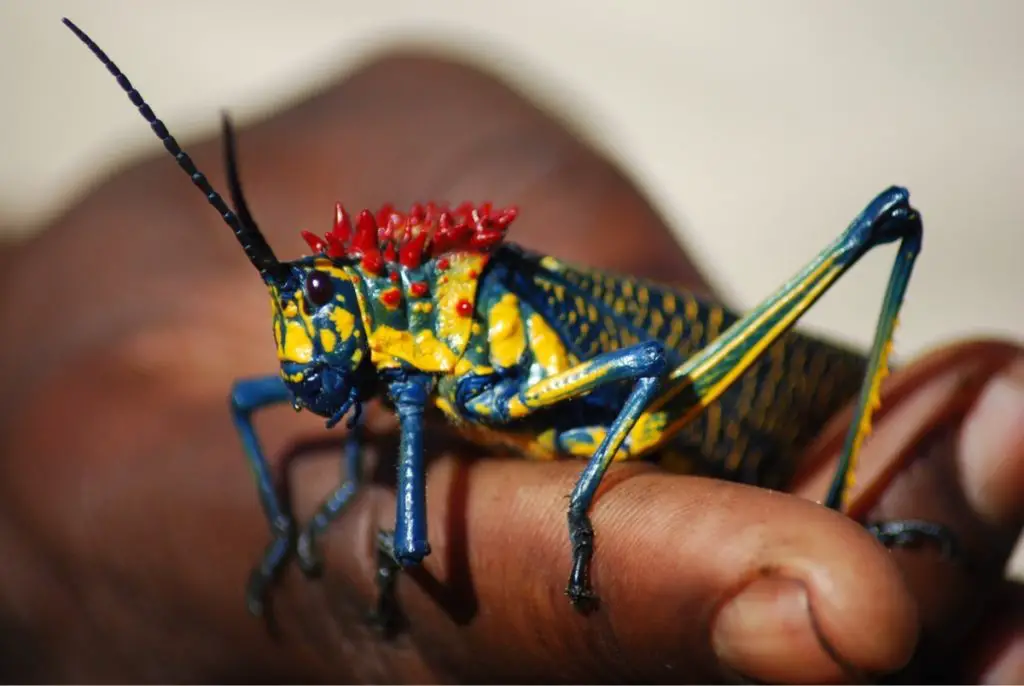
Natives of Madagascar, these insects look stunning due to the array of colours present in their bodies. As the name suggests, they exhibit all the colours of the rainbow. These are usually present as a warning to predators because these grasshoppers can be extremely toxic. They feed on the Milkweed plant from which they acquire the toxins present in their body. Fortunately, the effects of the poison occur only if these insects are ingested.
9. Fire Salamander
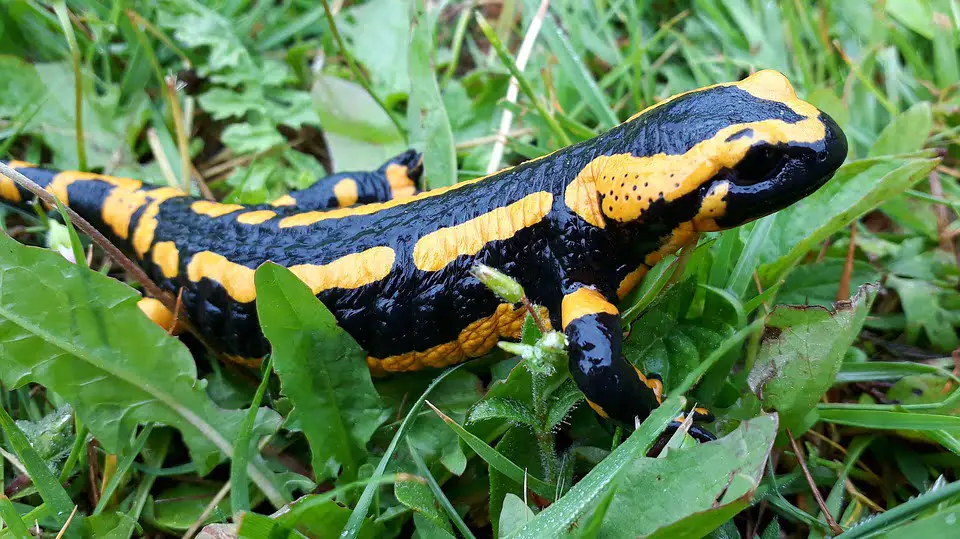
With their black skin and yellow spots, these creatures look quite fascinating. They can be found in European forests, especially if there is a source of water nearby. These lizards contain neurotoxins that attack the nervous system and may cause a lot of harmful effects. Not only is their skin poisonous, but they can also spray these toxins into an attacker’s eyes and mouth if they think that they are in danger.
10. Flamboyant Cuttlefish
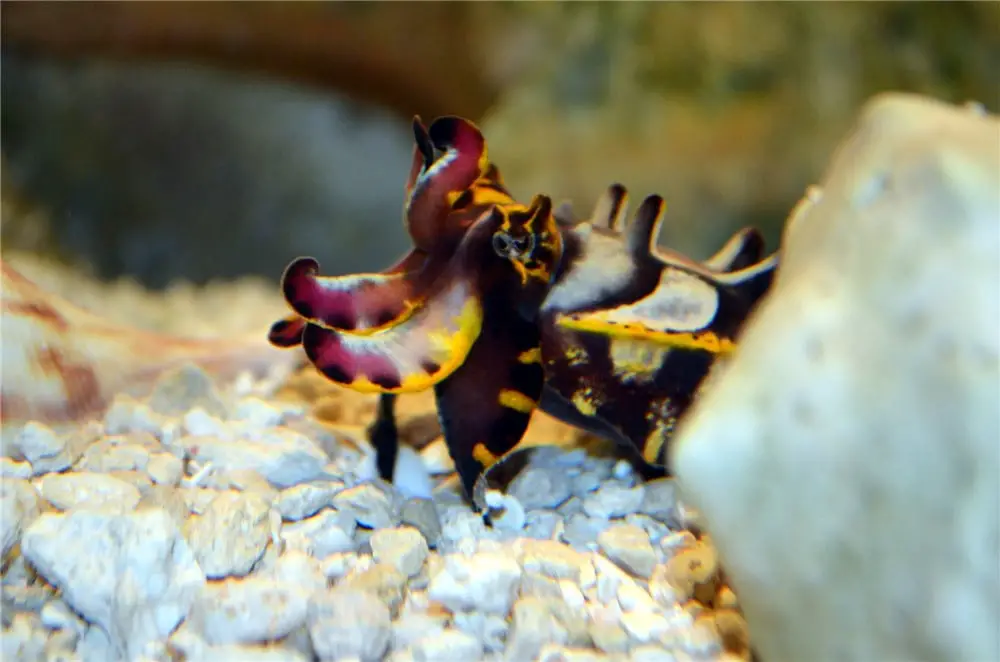
They are found in Indo-Pacific oceans and are rarely encountered. They are brightly coloured, and have red, yellow and brown patterns on their body. Although their colours make them quite attractive, these are meant as an indication of the toxins they contain. Their skin contains various acids, and they also produce venom that can be quite dangerous, even lethal.
11. Hooded Pitohui
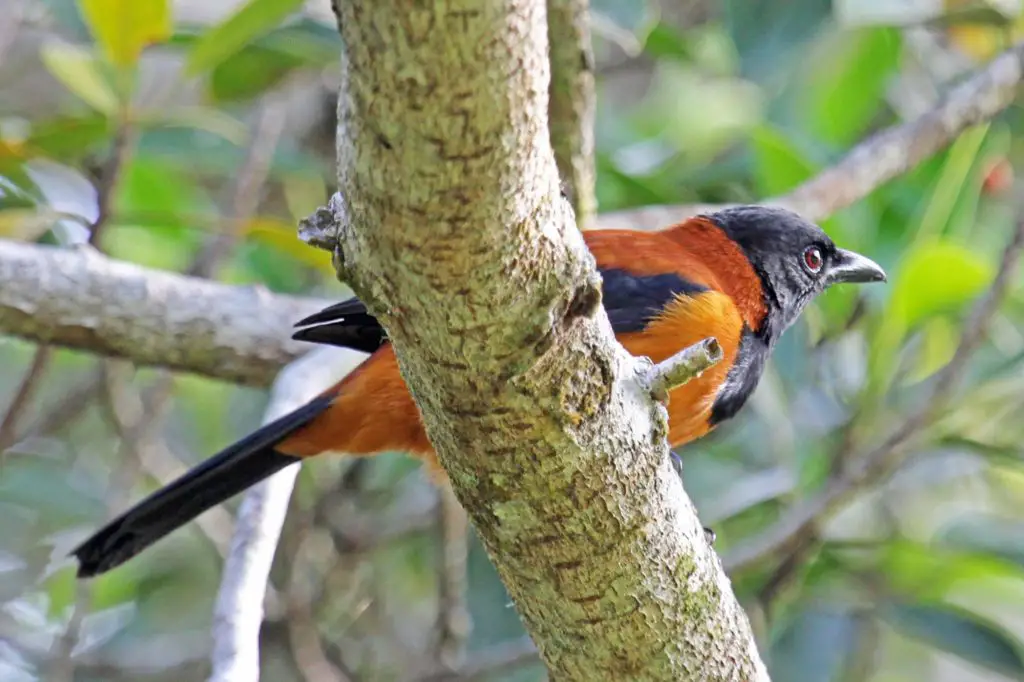
Poisonous birds are quite rare, and those which are currently known are found only in New Guinea. These birds have yellow and black feathers, which make them look attractive. These are songbirds and have a beautiful whistle. Because of their diet, they accumulate toxins in their skin and feathers. On touching these birds, these toxins may affect a person and produce numbness, tingling and burning sensations.
12. Yellow Boxfish
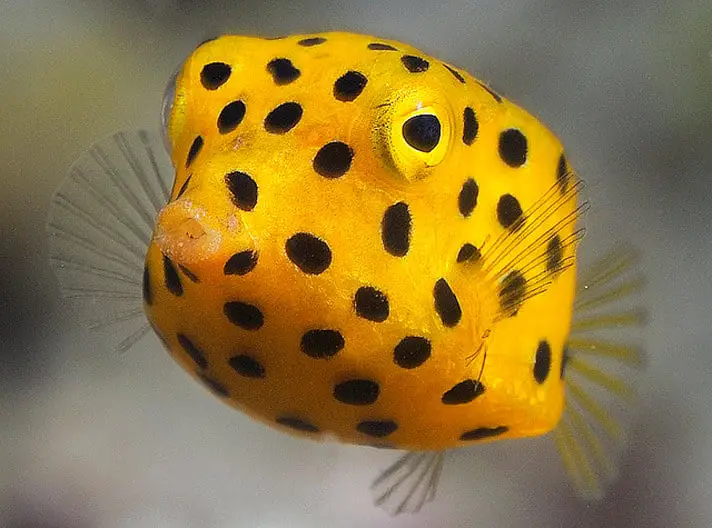
Adding to the list of toxic creatures found in the Indian and Pacific oceans are these brightly coloured fish. Their box-shaped body, bright yellow colouration and the black spots present all over their surface give these fish an interesting appearance. They contain poisonous proteins in their skin. When they are stressed due to environmental conditions or sustain the injury, they release their poison into the surrounding water.
13. Milkweed Butterfly
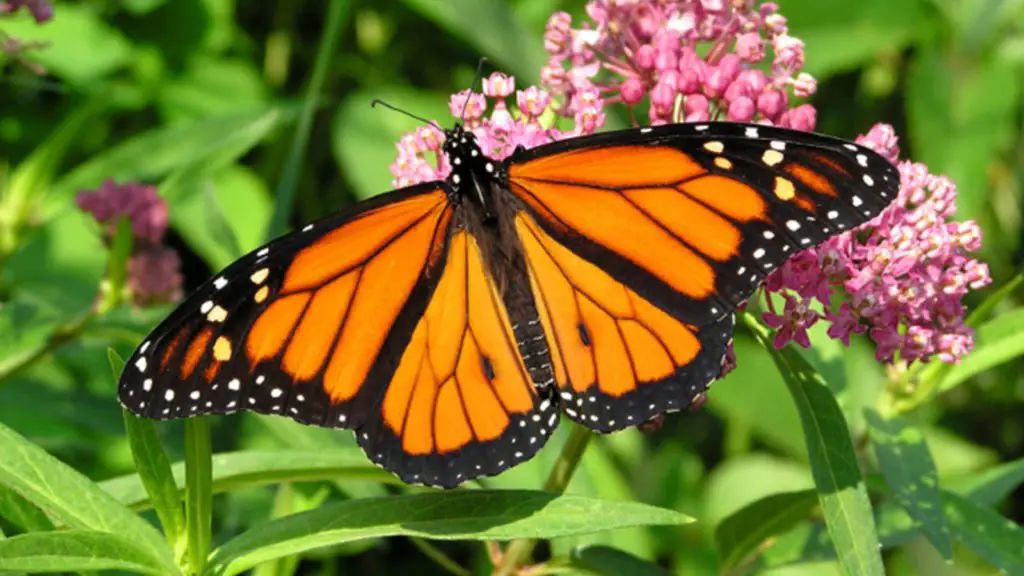
There are a variety of butterflies that fall under this category. The most well-known of these is the Monarch butterfly. All of them have beautiful colours and intricate patterns on their wings. These butterflies spend a major portion of their life cycle around the Milkweed plant, laying their eggs on it. The larva as well as the young butterflies feed on it. The leaves of this plant act as a source of venom for these butterflies, and they store it in their bodies.
14. Xanthid Crab
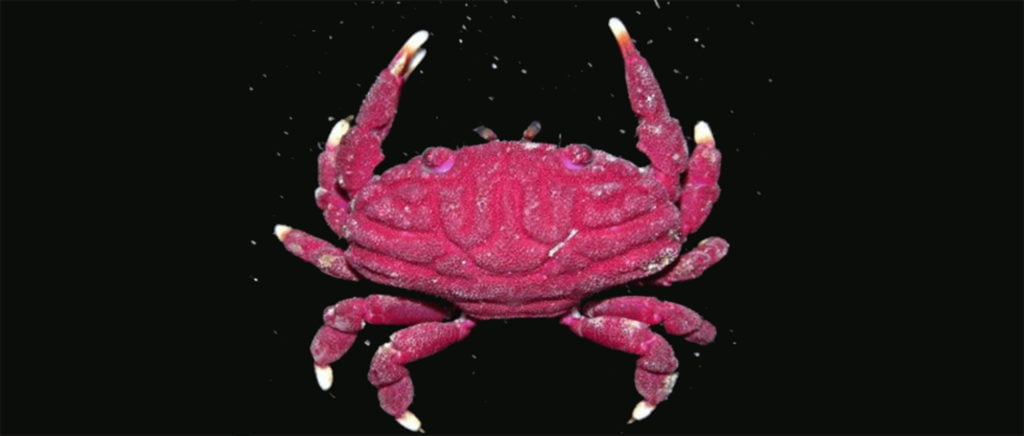
These crabs come in a variety of colours and patterns, ranging from orange and purple to hot pink. Some of them have markings on their body, while others have various spots and a lovely texture. All of them are poisonous, though. Most crabs are edible, but these crabs are extremely toxic and their poison cannot be destroyed even after cooking. There is no known antidote for it either.
15. Saddleback Caterpillar
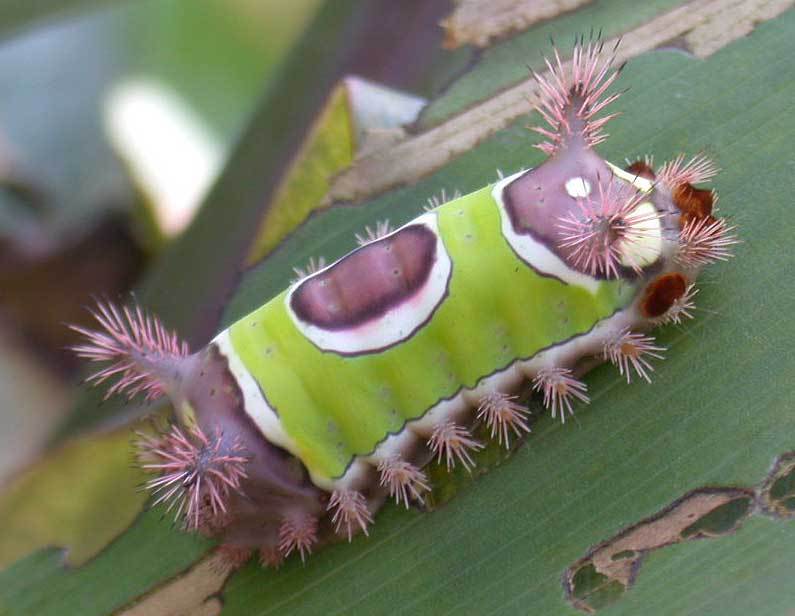
These green and brown caterpillars are found in North America and Mexico. They are the larvae of moths. While they have a very interesting appearance, they should not be touched. These are venomous and can cause side effects in humans as well. They release their toxins on contact, and their sting causes a painful rash, swelling, nausea and a variety of other symptoms.
Read also – Top 15 Vegan Superfoods That Are A Powerhouse Of Nutrition